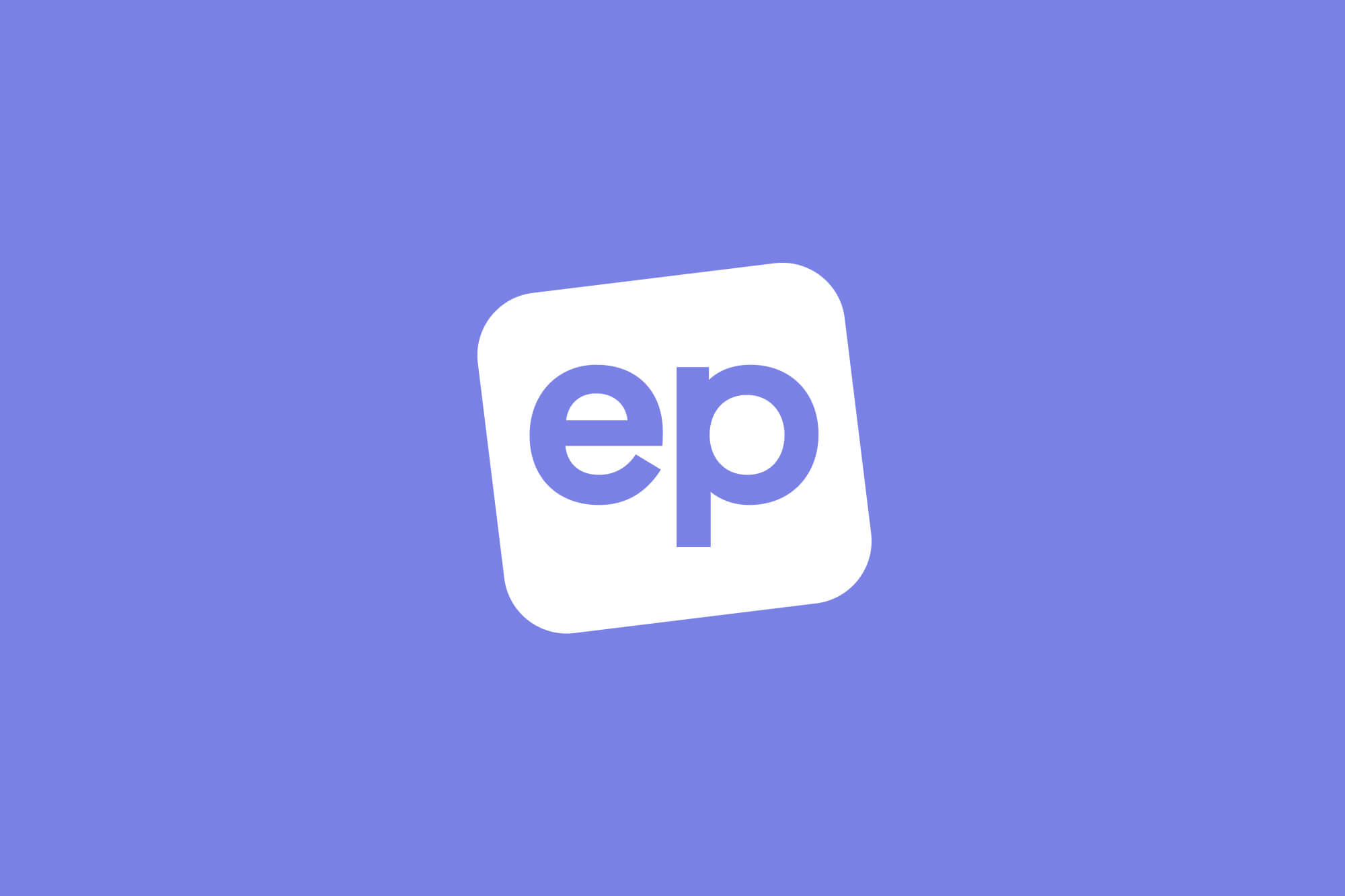
Teaching science in today’s classrooms means meeting the needs of students with diverse backgrounds, abilities, and interests. While science offers countless opportunities for curiosity and discovery, a one-size-fits-all approach can leave some learners disengaged or overwhelmed. Differentiated learning allows teachers to personalise science instruction, helping every student access, understand, and apply scientific concepts in ways that work for them.
In this blog post, we’ll explore what differentiated learning looks like in the science classroom, why it matters, and how Education Perfect makes differentiation not only possible but practical.
What Is Differentiated Learning
Differentiated learning, or differentiated instruction, is an educational approach that tailors teaching methods to meet the diverse needs of students.
This strategy involves modifying the content (what students learn), process (how they learn), product (how they demonstrate learning), and learning environment (how the classroom is set up) to accommodate varying readiness levels, interests, and learning profiles. The ultimate goal of differentiated learning is to provide equitable access to learning without diluting academic rigour.
In science education, where students have diverse backgrounds and prior knowledge, differentiated instruction is particularly effective. For instance, research shows that implementing differentiation strategies in science classrooms can enhance students’ self-confidence and formative assessment scores.
By embracing differentiated learning, educators can create inclusive science classrooms that acknowledge and support the unique learning needs of each student, promoting deeper understanding and sustained interest in science.
Why Differentiated Learning Matters in Science Education
Students vary in their readiness levels, interests, and learning styles, which influence their engagement with science instruction. Some grasp new concepts quickly, while others need more time, support, or alternative formats to fully understand, highlighting the value of differentiation.
Without differentiated learning, students who struggle may disengage or fall behind, not because they lack potential but because the approach doesn’t meet them where they are.
A few other benefits of differentiated learning include:
- Enhanced student understanding of complex concepts: Tailoring instruction helps students connect scientific ideas to their world, making abstract concepts more concrete and meaningful.
- More inclusive classrooms: Differentiation allows all students–regardless of background or ability—to participate in and contribute to learning experiences.
- Improved student engagement and confidence: When students feel the material is accessible and relevant, they’re more likely to be engaged and motivated.
Examples of Differentiated Learning in the Science Classroom
The following examples demonstrate what differentiated learning looks like for each category of differentiation—content, process, product, and learning environment.
Content
Diverse reading materials: Provide articles on renewable energy at different reading levels, allowing all students to access the same core ideas.
Multimedia resources: Use videos, simulations, and diagrams to explain cell structure, supporting visual and auditory learners.
Process
Flexible grouping: Group students by interest or skill level for a chemistry lab, then rotate groups over time to encourage peer learning.
Station rotation: In a unit on forces, let students rotate through hands-on experiments, video tutorials, and problem-solving activities, each catering to a different learning style.
Product
Multiple assessment options: After a unit on ecosystems, students can choose to write a report, build a diorama, or create a short video to show their understanding.
Tiered assignments: Assign varying levels of challenge in a task on global systems—some students describe basic climate patterns while others analyse complex climate data.
Learning Environment
Flexible seating: Offer multiple seating options, including tables, desks, or yoga balls, to accommodate different preferences and needs.
Group work choice: Let students decide whether to work independently, in pairs, or in small groups during inquiry-based activities.
Overcoming Common Barriers to Differentiation
Differentiated instruction can feel overwhelming, especially when teachers are already stretched thin. Common concerns about not having enough time to personalise learning for every student and meeting diverse needs without sacrificing content can deter teachers from changing their instructional approach.
Teachers can alleviate this overwhelm by starting small. Try differentiating just one activity or one group, then build from there. For example, use flexible grouping by bringing together those who need more practice with scientific methods for a targeted lab, while others work on more advanced investigations. Then, gradually incorporate more differentiated learning strategies.
Additionally, technology can simplify the process of differentiation. Education Perfect’s online learning platform, for example, offers teachers tools and features to tailor science learning for each student without adding to educators’ workloads. This allows teachers to support students’ individual needs while saving educators precious time and cognitive load.
How Education Perfect Supports Differentiated Learning
Below are a few more specific examples of how Education Perfect makes differentiated learning more attainable, scalable, and trackable for science teachers.
Tailored Assignment: Teachers can assign tasks based on individual student readiness, interests, or identified learning gaps. EP also enables the creation and customisation of lessons and assessments, ensuring further alignment with diverse student needs.
Real-Time Analytics: Real-time mastery and completion reports allow educators to monitor student progress and identify areas requiring additional support. Automated insights and next-step recommendations enable the creation of personalised learning pathways tailored to each student.
Flexible Lesson Design: EP’s self-paced lesson structure allows students to progress through lessons at a speed that matches their readiness and confidence. Students who need more time to master a concept can revisit content, while advanced learners can accelerate to more challenging material.
Engaging Multimedia: EP incorporates multimedia elements—such as videos, simulations, and interactive diagrams—to cater to various learning styles, increasing student engagement and understanding.
Unlocking Student Potential Through Differentiation
Science is for everyone, but only if we teach it in ways that support everyone. Differentiated learning brings this idea into practice by meeting learners where they are and providing the right level of challenge and support so every student can thrive.
With practical strategies and powerful tools like those offered by Education Perfect, differentiation is easier than ever to integrate into science classrooms. So, for teachers looking to personalise instruction and improve student outcomes, book a demo today!




